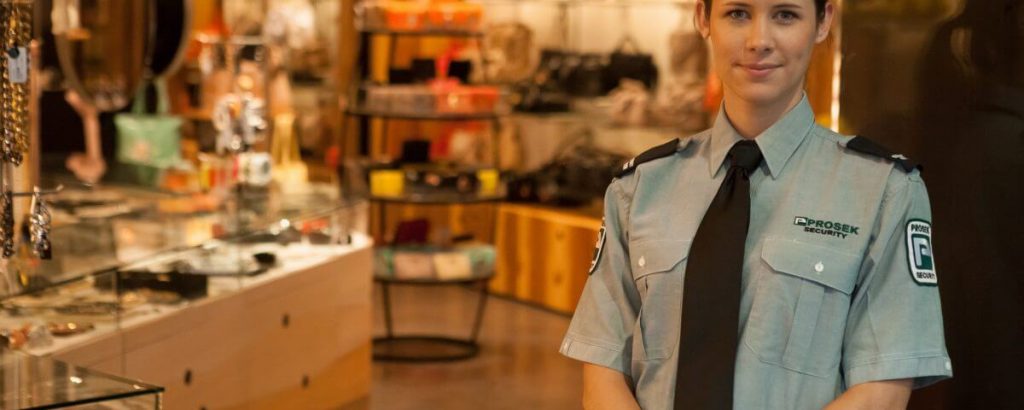Competent retail business security is an asset because it prevents bottom-line loss.
Break-ins and thefts are the major concern of every business owner.
According to a survey conducted by the Consumer Goods Council of South Africa approximately 80% of businesses fall prey to employee theft and shoplifting.

Securing your business is much more than taking a few security measures at the inventory level.
For instance, you need to think about store-level strategies and building-level security tactics as well.
As you can never be sure of what a would-be burglar is up to, hence, each security plan comes at the same level in a priority list.
Retail Business Security Is An Ongoing Task
Securing your premises starts with evaluating your premises thoroughly for the risks and taking necessary actions for safeguarding the highlighted areas.
An absolute retail business security plan markedly includes two things.
First, Hardware-Driven Tactics, and second, Message-Driven Tactics. Hardware-driven strategies may include alarms, motion detectors, and security camera systems; whereas a message-driven approach would be appointing dedicated security professionals and positioning visual deterrents such as displaying warnings.
These security blueprints save your hard-earned assets not only during working hours but after store hours as well.
Hardware-Driven Retail Business Security Approach
One thing to be kept in mind while settling on hardware-driven security options is to use a combination of all the well-tested measures like locks, surveillance cameras, and motion-sensing alarm systems.
Here is a brief explanation of each of these security elements:
1. High-Security Dead Bolts: In the front and the back doors, install high-security deadbolts. This will definitely guard you against any potential attack even when it is done by a professional criminal. The apt choice is commercial-grade deadbolt locks that can survive 10 hammer strikes and match up to the standards of the American National Standards Institute.
2. Alarm Systems: If you suspect any ambiguous activity in and around your premises, then investing in the alarms is the most recommended solution. The visible deterrents scare the would-be burglars and forewarn them in their acts. These systems can also be optimized to send a customized notification to the law enforcement department.
3. Security Cameras: Using an ‘extra set of eyes’ would certainly be beneficial for you. The two primary purposes of positioning a surveillance system are: obtaining video proofs and offering apparent deterrence.
Motion-sensing cameras record the video only for the time interval during which motion is observed. On the other hand, the normal cameras can perform day-night video surveillance at your location.
If you do not have the budget for motion sensing surveillance equipment, then you can also go for their fake versions.
One can also choose to mix and match the two, the real HD security cameras and their replicas. While planning the installation, do not forget the exteriors of your business, secluded areas like emergency exits, inventories, parking lots, and dimly lit alleys.
Message-Driven Tactics
You can always add a message-driven procedure along with its hardware-driven counterpart while developing a security strategy. This will greatly help you cut back on potential crime.
A simple example is to tell your customers aloud that they are under CCTV surveillance.
1. Keep an Eye on Customers: Watch each and every face that crosses the front door. You can make this task look more courteous with a warm welcome from your customers. Also, ask your employees to report any ambiguous activity, if they encounter any.
2. Security Guards: If your entrances are guarded by an armed watch guard then, probably the most determined burglars would also change their minds. These guards will warn the shoplifters too.
There is no hard and fast rule about how you use the above-mentioned security measures. However, it is advisable to use a combination of all for fail-proof security.
For a professional assessment and quotation, hit the red Quotation Button at the top…
SAS Security Services
